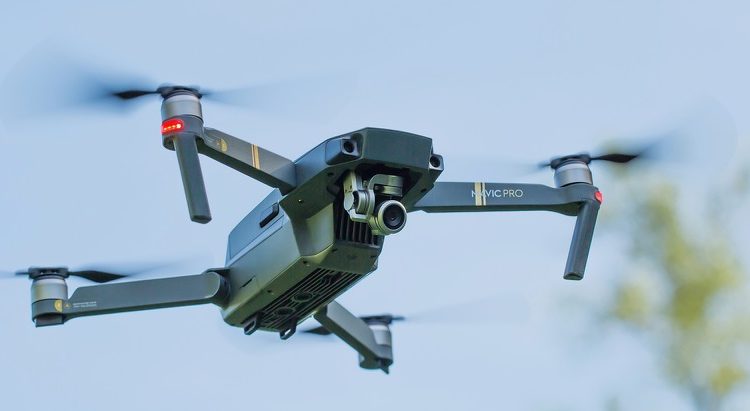DJI lays out 10-point plan to elevate drone safety in Australia
Drones are more popular than ever and, as the technology improves, they will be play an even bigger part in our lives and not just as flying cameras but in agriculture, building and industry as well as for police, fire and rescue.
What’s carried the drone industry so far in such a relatively short time has been its strong safety record.
Recently, drones have been used to help Parisian fire fighters control the blaze at Notre Dame, to map the radiation at Chernobyl where humans cannot enter and saved more than 230 lives in emergency situations.
Drone manufacturers, pilots and the regulators have all worked together and co-operated to achieve this admirable record.
The world’s biggest drone manufacturer DJI was the first to build in safety features into its drones without any government action or legal requirements.
These include geo-fencing to restrict flights near airports, prisons and nuclear powerplants, altitude limits, obstacle sensing and return to home if the drone loses connection with the controller.
DJI is continuing in its role as a drone safety advocate with the release of a new paper called Elevating Safety that outline 10 areas that will increase drone safety and build up the trust and confidence in this burgeoning industry.
One new feature DJI will install in its drones from January 1, 2020 will be AirSense.
The drones with AirSense will have a small ADS-B receiver onboard that will detect nearby helicopters and planes even when they are kilometres away.
Adam Lisberg, DJI’s corporate communication director, North America, says CASA in Australia has been forward thinking when it comes to drone regulatory policy.
“The Australian lesson is when you make it reasonable for people to learn how to fly these drones in a professional context, fly them in a responsible manner, register them, give the government assurances the drones are being flown safely, the whole society benefits,” he told Tech Guide.
“The story that we’re seeing both in Australia and around the world is that generally speaking regulators understand that people want to do the right thing and the key is to make sure they’re educating them to have rules that are reasonable but not overly restrictive.”
Lisberg will represent DJI at the RPAs in Australian Skies 2019 drone conference in Canberra this week to layout their 10-point plan.
The points will include:
1 –Installing AirSense ADS-B receivers in all new drones above 250g which can warn pilots when aircraft are nearby.
2 – Develop a new automatic warning for drone pilots flying at extended distances.
3- Establish an internal safety standards group to meet regulatory and customer expectations.
4 – Encourage aviation industry groups to develop standards for reporting drone incidents.
5 – Convince all drone manufacturers to install geo-fencing and remote identification.
6 – Governments must require remote identification.
7 – Governments must require a user-friendly knowledge test for new drone pilots.
8 – Clearly designate sensitive restriction areas.
9 – Allow local authorities to respond to drone threats that are clear and serious.
10 – Increase enforcement of laws against unsafe drone operation.
These were all based on studies carried out by DJI after analysing reports of drone incidents.
Lisberg says the rare drone incident is being unfairly singled out in the media.
“If someone has done something stupid with the drone anywhere in the world you’ll probably hear about it sooner or later,” he said.
“You can’t say that about a car. People are doing stupid things in cars all the time but we just accept that as the price of having cars.
“If someone does something stupid with a drone and you hear about it – it means there probably are a lot of people flying safely and you never hear about elsewhere.”
Lisberg says drone technology has proven to be very safe and very beneficial to society and that it can continue to be safely integrated into our airspace.
“We want to make sure that safe integration continues and we think that it’s very smart of agencies like CASA to regulate and to legislate based on an even handed study of safety factors, safety risks and safety experience and make sure that everyone can continue to benefit from this amazing technology,” he said.









